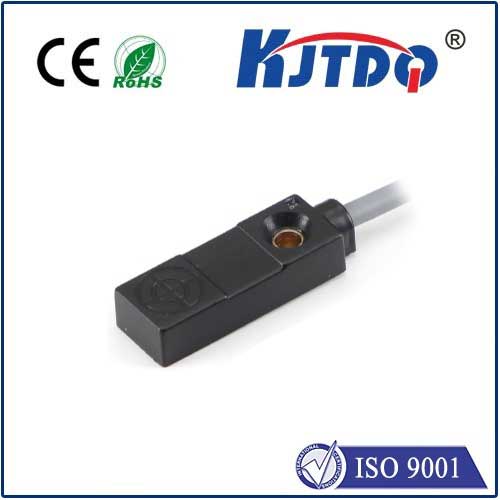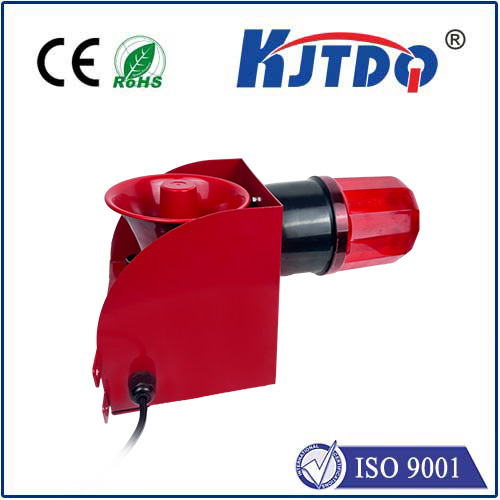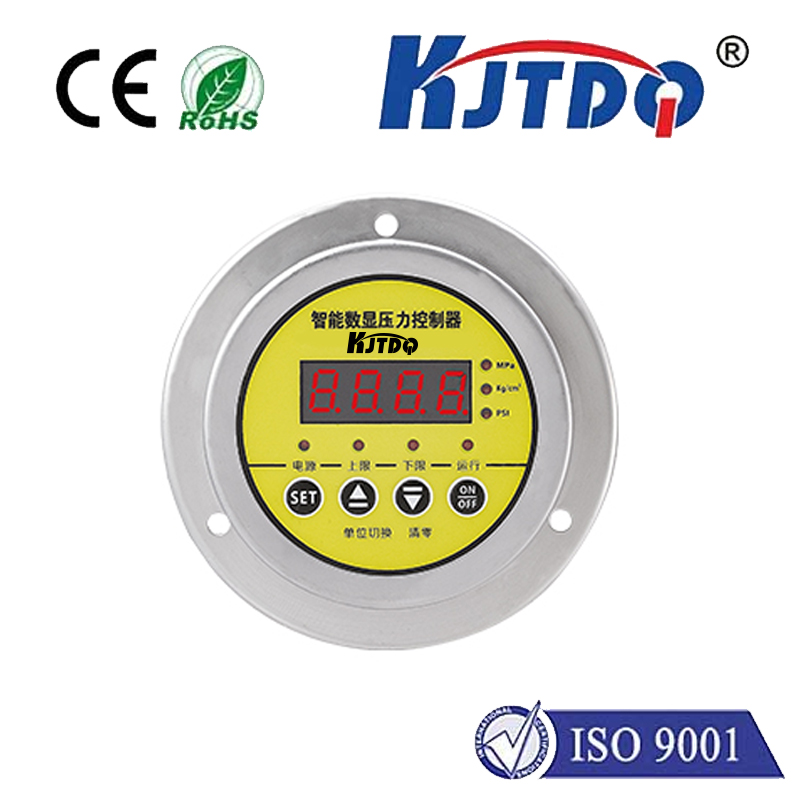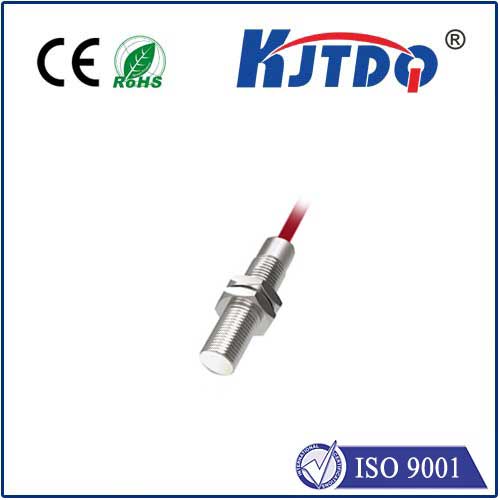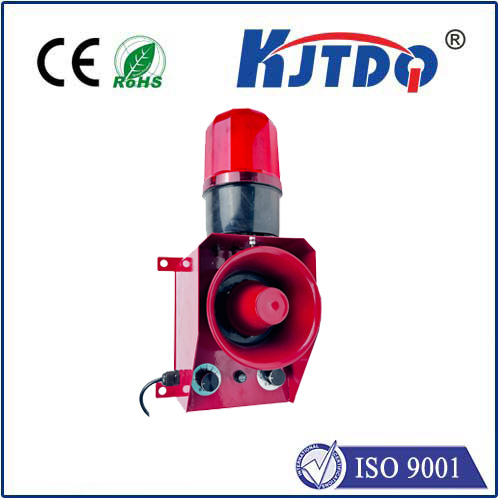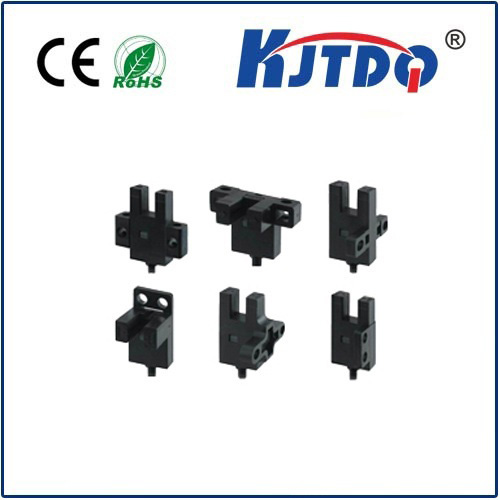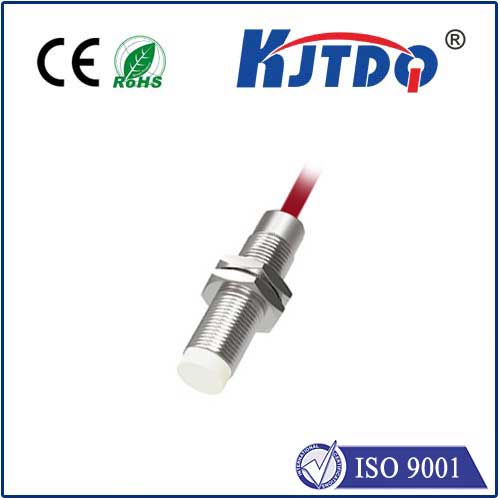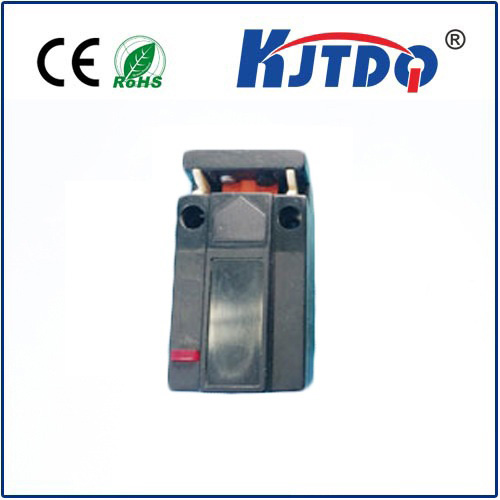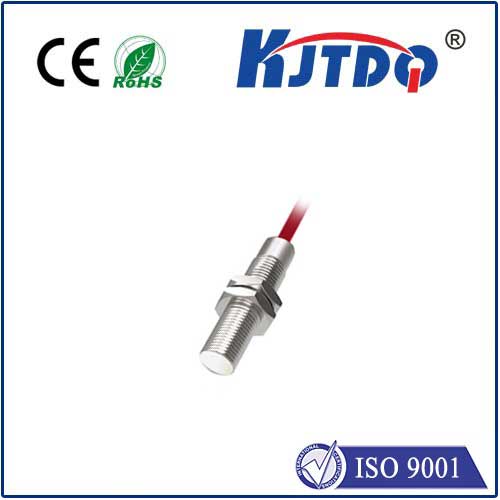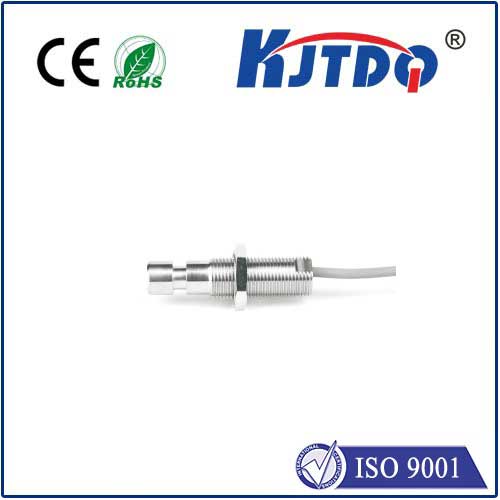
check

check

check

check
Title: Understanding Proximity Limit Switches and Their Applications in Industrial Automation
Proximity limit switches are a crucial component in many industrial automation systems. These switches detect the presence or absence of an object, typically a mechanical arm or a lever, and trigger a response when it comes within a specified proximity. They play a vital role in ensuring the safe and efficient operation of machines and equipment in various industries, such as manufacturing, packaging, and material handling. In this article, we will explore the working principle of proximity limit switches, their types, and common applications.
The Working Principle of Proximity Limit Switches
Proximity limit switches work based on the principle of magnetic induction. When a current-carrying conductor is brought close to a magnetic field, it creates an alternating magnetic field that interacts with the switch's permanent magnet. This interaction causes a voltage differential between the two poles of the switch, which results in the opening or closing of its contact contacts. The switch responds accordingly, sending a signal to the control system to execute an action or stop the machine.
Types of Proximity Limit Switches
There are several types of proximity limit switches available on the market, each designed for specific applications and operating conditions. Some of the most common types include:
1. Mechanical Limit Switches: These switches use a simple mechanical mechanism to detect distance. One side of the switch is connected to the object being controlled, while the otherside is free to move. When the object approaches the switch, it pushes against the free side, causing it to move and close the contact contacts. Once the object is removed, the switch opens again.
2. Photoelectric Limit Switches: These switches use light to detect proximity. An infrared LED emits light when an object is within range of the switch. If the object blocks the light path, it interrupts the beam and triggers a response from the switch. Photoelectric limit switches are commonly used in high-speed applications where accurate detection is crucial.
3. Magnetic Limit Switches: Similar to mechanical limit switches, magnetic limit switches use a magnetic field to detect proximity. However, instead of a mechanical mechanism, they use a coiled magnet that attracts or repels a ferromagnetic object (such as a metal probe). Magnetic limit switches are often used in low-cost applications where accuracy and reliability are not a primary concern.
Common Applications of Proximity Limit Switches
Proximity limit switches have numerous applications in industrial automation systems due to their ability to detect the presence or absence of objects accurately and quickly. Some of the most common use cases include:
1. Material Handling: Proximity limit switches are used to control automated material handling systems, such as conveyor belts and cranes. They help ensure that objects do not collide with other machinery or cause damage.
2. Factory Automation: Proximity limit switches are used to protect workers from hazardous situations by stopping machinery when someone enters restricted areas. They also help monitor machine performance and identify potential problems before they become major issues.
3. Packaging and Assembly Lines: Proximity limit switches are used in packaging and assembly lines to prevent products from being contaminated or damaged during production. They also help ensure that products are assembled correctly and meet quality standards.
4. Mining and Construction Equipment: Proximity limit switches are used in mining and construction equipment to prevent accidents caused by misoperation or overloading. They also help maintain optimal performance and extend the life of equipment by detecting potential issues before they become significant problems.
Conclusion
Proximity limit switches are a critical component in industrial automation systems due to their ability to detect the presence or absence of objects accurately and quickly. They provide protection for workers, ensure safe and efficient machine operation, and improve product quality in various industries. As technology advances and new applications emerge, it is likely that proximity limit switches will continue to play an essential role in modern manufacturing processes.
